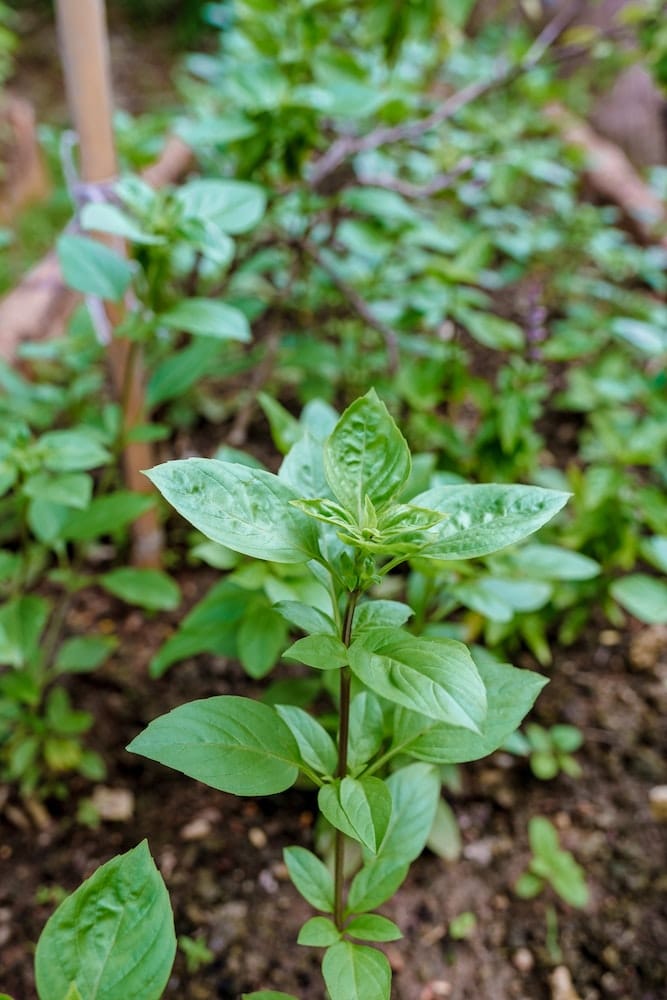In an era where sustainability and energy efficiency are key, it’s crucial for developers and homeowners alike to make use of eco-friendly materials in their building projects. One aspect that’s frequently overlooked, however, is insulation. The right insulation can dramatically improve the energy efficiency of a home, reducing both your carbon footprint and your energy bills. The question then is, how can we incorporate eco-friendly insulation materials into our residential developments? In this article, we’ll delve into the world of green insulation, exploring the benefits, the options available, and how to effectively implement these materials into your designs.
The Importance of Sustainable Insulation
Before diving into the specifics, it’s essential to understand why sustainable insulation is so crucial. Insulation acts as a barrier to heat flow, making it a critical component in maintaining a comfortable indoor environment. However, not all insulation is created equal.
A lire en complément : What Are the Considerations for Building High-Density Housing While Preserving Green Spaces?
Traditional insulation materials can be harmful to the environment, both in their production and disposal. They also contribute to indoor air pollution, which can have a negative impact on occupant health. Sustainable insulation, on the other hand, is made from renewable or recycled materials, has a low embodied energy, and is designed to last for the life of the building. It provides the same thermal efficiency without the environmental drawbacks.
By choosing eco-friendly insulation, you’re not only reducing your environmental impact but also improving the air quality in your home and potentially saving on energy costs. It’s a win-win situation.
En parallèle : How Can Real Estate Investors Navigate the Impact of New Data Protection Regulations on Property Management?
Options for Eco-Friendly Insulation
Now that we understand the importance of sustainable insulation, let’s explore some of the eco-friendly options available today. From recycled denim to sheep’s wool, there’s a surprising variety of materials that can be used for green insulation.
Recycled Cotton/Denim: One of the most accessible options, recycled cotton or denim insulation is made from post-industrial cotton or denim fabric. It’s a great choice for environmentally conscious homeowners, as it helps to reduce waste that would otherwise end up in a landfill.
Sheep’s Wool: As a natural, renewable resource, sheep’s wool offers excellent thermal and acoustic insulation. It’s also resistant to fire and pests, making it a safe and durable choice.
Cork: Harvested from the bark of the cork oak tree, cork insulation is another natural, renewable option. The harvesting process doesn’t harm the tree, and the bark regenerates, making it a truly sustainable choice. Cork insulation is resistant to both fire and pests.
Cellulose: Made from recycled newspaper, cellulose insulation is an affordable and effective option. It has a high recycled content and is treated with borate for fire and pest resistance.
Designing with Eco-Friendly Insulation
Choosing your eco-friendly insulation is just the first step. You also need to consider how to incorporate it into your building design for maximum efficiency.
A well-insulated home should minimize heat transfer, keeping the home warm in winter and cool in summer. Consider the location of the insulation in your design. It should be placed in all exterior walls, as well as in the attic and any floors above unheated spaces.
Don’t forget about the importance of air sealing. Even the smallest gaps can allow air to leak in or out, reducing the effectiveness of your insulation. Make sure to seal around windows, doors, and any other openings in the building envelope.
Installation of Eco-Friendly Insulation
With careful planning and design, implementing eco-friendly insulation can be just as straightforward as traditional materials.
Ensure that you or your contractor are familiar with the material you’ve chosen and understand the best practices for installation. Some materials, like cellulose, may require special equipment for blowing the insulation into place. Others, like cotton or wool, can be installed as batts.
Finally, remember that safety is paramount. Many green insulation materials are safe to handle without protective equipment, but you should always check the manufacturer’s instructions. Always use caution when working in confined spaces or at heights.
By embracing eco-friendly insulation materials, you can create residential developments that are both energy-efficient and kind to the environment. It’s a positive step towards a more sustainable future, and a decision that homeowners and developers alike can feel good about.
Evaluating the Long-Term Impacts of Eco-friendly Insulation
In discussing the adoption of eco-friendly insulation materials, it is vital to examine their long-term effects. Primarily, using green insulation contributes to significant energy savings, which not only lowers energy consumption but also reduces utility bills. These materials improve a home’s thermal performance, enabling it to maintain a comfortable temperature throughout the year.
In addition to these savings, choosing eco-friendly insulation materials can also increase a home’s value. As more and more consumers become environmentally conscious, there is a growing demand for homes that incorporate green building practices. Therefore, properties with eco-friendly features, such as sustainable insulation, can potentially attract a higher selling price.
Moreover, eco-friendly insulation materials have a positive impact on the environment. By choosing insulation materials that are made from recycled or renewable sources, we can help to reduce landfill waste and decrease our dependence on non-renewable resources. Furthermore, these materials typically have a lower embodied energy, meaning they require less energy to produce than traditional insulation materials, thereby reducing their carbon footprint.
Lastly, sustainable insulation can improve indoor air quality. Unlike traditional insulation materials, which can sometimes emit harmful chemicals, eco-friendly options do not contribute to indoor air pollution. This can lead to a healthier living environment, potentially reducing the risk of respiratory problems and other health issues.
Concluding Thoughts on Eco-Friendly Insulation
The move towards sustainable construction is not just a trend, but a necessary shift in building practices. Incorporating eco-friendly insulation materials into residential developments is a key aspect of this transition. Not only does it improve energy efficiency and reduce carbon footprint, but it also offers numerous other benefits, from improved air quality to potential cost savings.
The range of eco-friendly insulation options available today, including recycled cotton/denim, sheep’s wool, cork, and cellulose, provide a wealth of choice for homeowners and developers. These materials each have their own unique strengths, but all offer excellent thermal performance and have a lower environmental impact than traditional insulation materials.
However, it’s not enough to simply choose an eco-friendly insulation material. It must also be incorporated effectively into the building design and installed correctly to ensure maximum energy efficiency. This involves careful planning and design, as well as diligent air sealing to prevent heat transfer.
In conclusion, embracing eco-friendly insulation materials is a crucial step towards creating homes that are not only comfortable and energy-efficient, but also environmentally friendly. By making this choice, we can contribute to a more sustainable future while also reaping the benefits in terms of improved air quality, lower energy bills, and potentially higher property values. The adoption of eco-friendly insulation is a win-win situation for both the environment and the homeowner.






